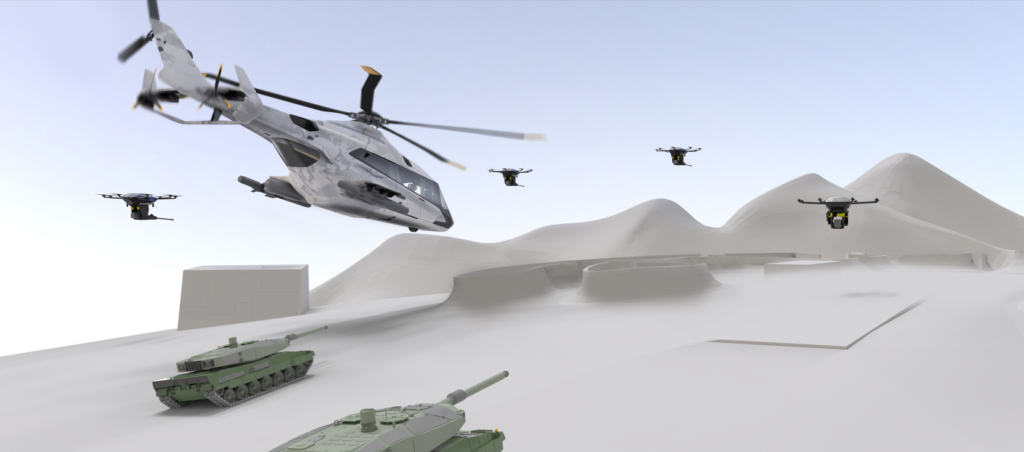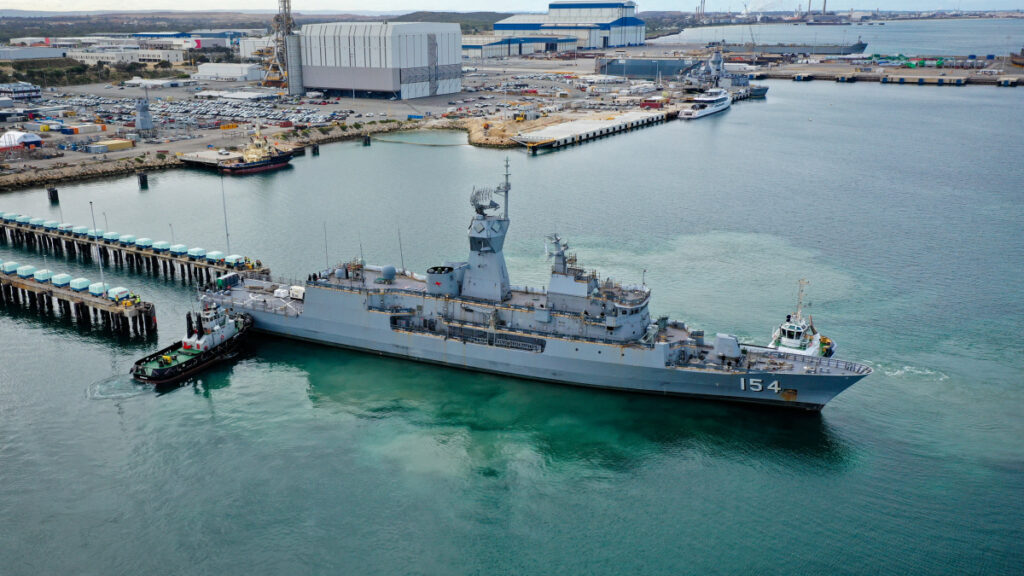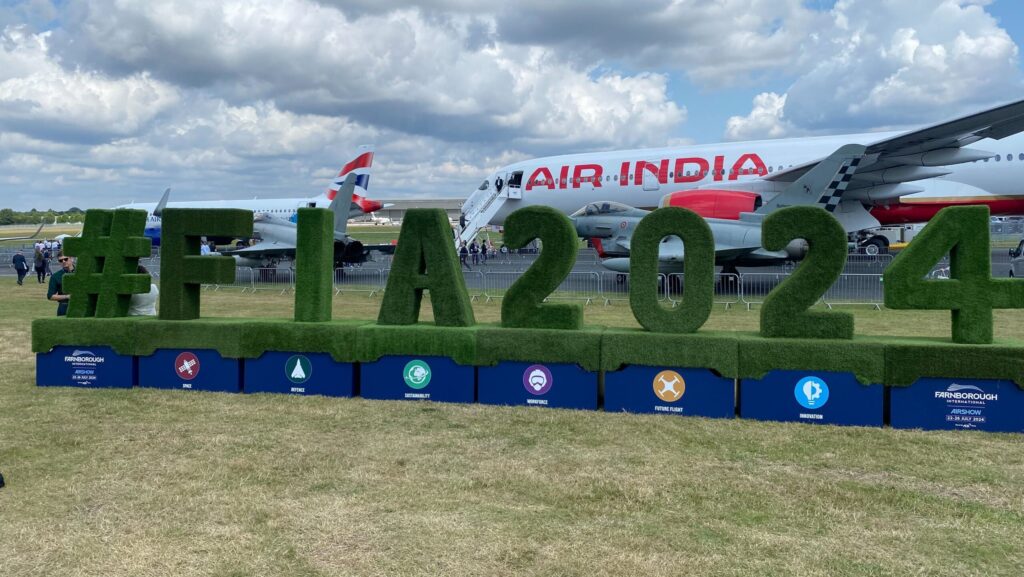APG-79 radars flown on the U.S. Navy’s F/A-18E/F and EA-18G Growler aircraft are now part of Raytheon’s new Advanced Products & Solutions group. (Raytheon photo)
In this Q&A about Raytheon’s new Advanced Products & Solutions (APS) group, we talk with APS President Bryan Rosselli about how the unit is advancing and innovating technology faster, more efficiently, and at scale to ensure their solutions help solve their customer’s toughest problems.
Breaking Defense: Tell us about Advanced Products & Solutions and its portfolio.
Rosselli: Advanced Products & Solutions focuses on defense solutions in two main areas. The first is mission equipment including radars, electronic warfare systems, and electro-optical systems to include pods, turrets, and FLIRs.
Bryan Rosselli is president of Raytheon’s new Advanced Products & Solutions group.
We also have a space imagery and microelectronics organization that pulls in our newly acquired businesses SEAKR Engineering that does space processing and Blue Canyon Technologies, which is a provider of satellite buses and space componentry.
These systems are supplied directly to original equipment manufacturers or government entities for integration on space, air and ground platforms globally.
At APS, we go to market differently than most of Raytheon. While the other businesses are focused on prime systems integration to deliver end-to-end capability for a particular mission, we are a subsystem and component supplier providing mission-critical products that enable end-mission success.
So what does that mean? Instead of developing a bespoke solution for a single customer, we have families of products to meet various mission requirements and price points. We supply these products to our prime-platform OEM partners and Raytheon alike.
By being product centric, we can reach more customers and team with more partners. Think of it as ‘any product to any customer.’ We’re able to respond more quickly to our customer’s needs given our product-family focus. With this model, we’re able to drive commonality, efficiency, and re-use – enabling price competitiveness, speed to market and manufacturability at scale.
Many of our products are franchise products, but they had resided in different organizations. With our focus on the OEMs, we’ve centralized these products at APS, and we’re open for business.
That gives us a common, clear roadmap and strategy for building and designing products, and a streamlined approach to getting them to our customers faster.
Breaking Defense: That’s the new structure of APS; tell us about its goals.
Rosselli: APS lives by four key tenets. The first is supplying our products to any OEM so the warfighter has the best capability in their hands regardless of platform prime.
The second tenet is composability. We’re moving away from bespoke systems, leveraging common architecture and building blocks but flexibly enough to accommodate the unique interfaces of different platforms. If we’re investing in future technology, we want to be able to enhance our existing products, too.
The third tenet is manufacturing at scale. We’re able to drive speed to market through volume, which is enabled by manufacturability at scale.
With our composable products and roadmaps, we leverage the Raytheon manufacturing and test infrastructure to bring products to customers faster, which is what our customers need. As we invest in the future, we invest to advance our build and test competencies in lock step with our product family roadmaps.
The last tenet is understanding the mission. It’s working across the entirety of RTX to understand customer’s needs and what capabilities will be required in the future.
Raytheon APS will supply products to its prime-platform OEM partners and Raytheon alike, such as the APG-82 radar on the F-15. (Raytheon photo)
Breaking Defense: What are some threat environments that APS is addressing?
Rosselli: The U.S. is looking at two kinds of existential threats. One is a focus on the Pacific, peer-to-peer major power plays. There are shifts in the overarching doctrine, like long-range kill chains, power projection, and air superiority.
The other threat environment we’re seeing is like the ground war in Ukraine. We’re witnessing more adaptability and flexibility in how products are being used to protect the warfighter.
APS plays a role supporting both of those threat sets. Starting with power projection in the Pacific, we have strong franchise programs on today’s equipment in the Pacific. This includes the APG-82 radar on F-15s and the APG-79 radars flown on the U.S. Navy’s F/A-18E/F and EA-18G Growler aircraft. In fact, the Marines just got their first squadron of APG 79 (V)4s for their F/A-18s, which is a gallium nitride (GaN) upgrade that is twice as capable at the same cost. At the same time, we have other products like turrets and FLIRs across the Indo-Pacific.
I also mentioned that we’re seeing an adaptation of our existing products in Ukraine and the European theater. An example would be the MTS, Multi-Spectral Targeting System, a turret family for rotary and fixed-wing aircraft that combines EO/IR and laser designation, laser illumination capabilities in a single sensor package.
We’ve found that you can flip the turret upside down and have them look upwards into the sky with the same base hardware, but with different software and processing, to support air defense, base defense, ground defense, and even targeting for radar systems like LTAMDS, the Lower Tier Air and Missile Defense Sensor.
We’re showing that you can take what we have today and use it in a different way to be just as effective.
Breaking Defense: Let’s conclude with a discussion about microelectronics, one of APS’ key areas.
Rosselli: Coming out of COVID, microelectronics is still a bit difficult to procure. Efforts like the CHIPS Act are going to benefit the overarching industrial base and our ability to get our hands on electronics.
Within Raytheon and a part of APS, there are several areas where we have doubled down to become industry leaders, including our GaN technology, focal plane arrays, and ROIC technologies for electro optics.
We are not only able to get higher power and improved sensitivity out of GaN for the same chip size, for example, but there are some interesting things happening in the areas of integration and miniaturization of those microelectronics.
In advanced packaging and higher levels of integration, for example, we’re working on 3D heterogeneous integration, or 3DHI, to layer and stack capability in very dense packages. We’ll be able to combine some of the active devices with interconnects and integration points in a tightly condensed package that is ultimately going to reduce cost and weight and improve performance of the systems.
We see microelectronics within Raytheon becoming a game changer over the next several years, making more robust and higher performing systems at reasonable costs.



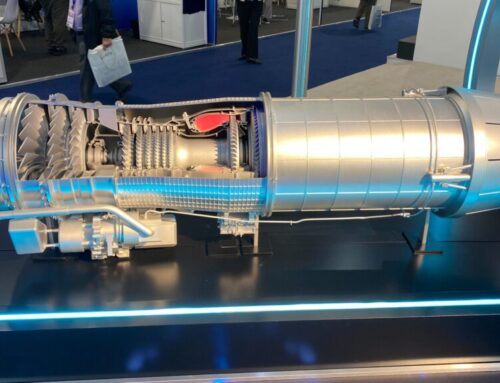
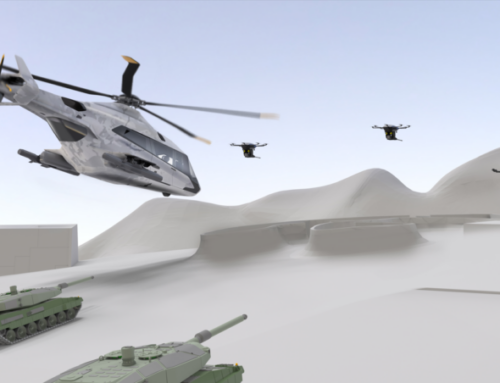
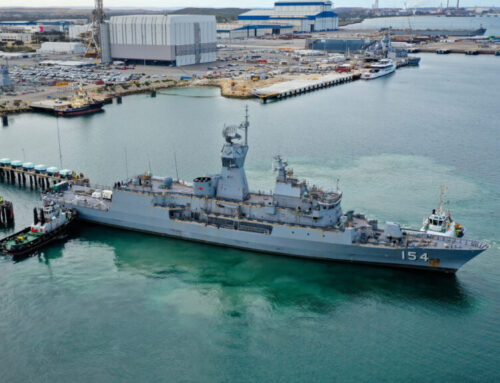
![The sights from the 2024 Farnborough Airshow [PHOTOS]](https://centurionpartnersgroup.com/wp-content/uploads/2024/07/IMG_8722-scaled-e1721930652747-1024x577-hZjwVb-500x383.jpeg)

